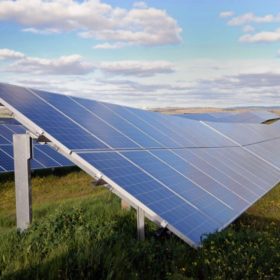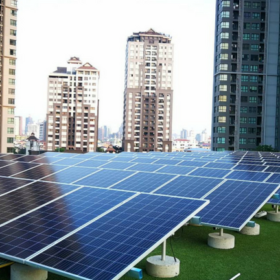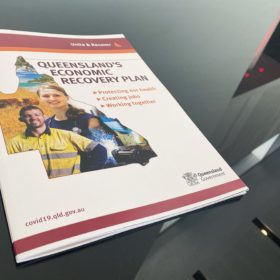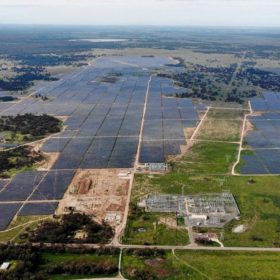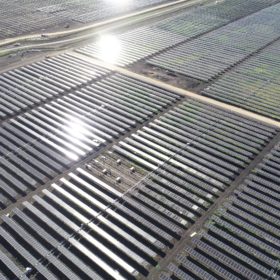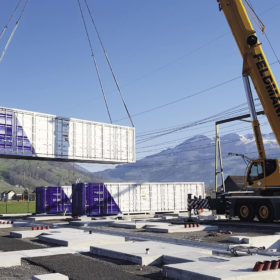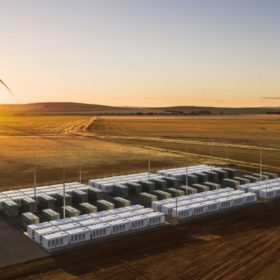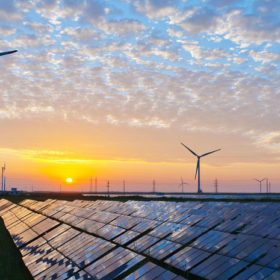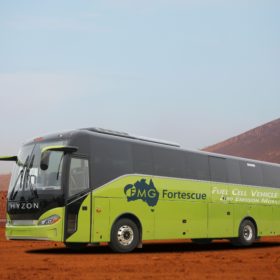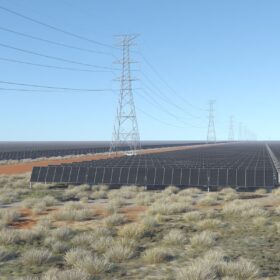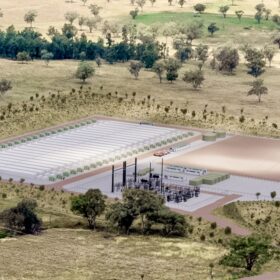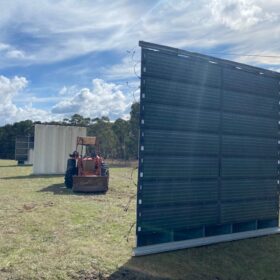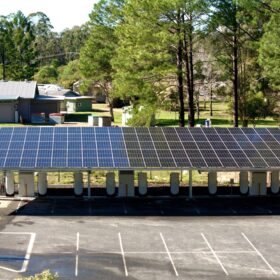John Laing continues to bleed red ink with its Australian solar projects stuck in the slow lane
In its H1 2020 report, the UK-based infrastructure investor revealed it had suffered substantial losses, mainly due to performance issues on its renewable energy projects. Two of the company’s Australian solar farms were particularly badly hit by transmission and equipment issues.
Power Ledger and BCPG team up to launch SE Asian REC marketplace
Western Australian tech startup Power Ledger and Thai renewable energy company BCPG are expanding their partnership with the creation of a Renewable Energy Certificate marketplace for SE Asia on Power Ledger’s peer-to-peer blockchain platform.
Meet Dan Sturrock, Aussie dad championing solar in our schools
Last month, Australian Parents for Climate Action’s Solar our Schools campaign published an Open Letter to Prime Minister Scott Morrison calling for solar and energy storage investment at every school and early childhood centre Australia-wide as part of the Covid-19 economic recovery. Today, pv magazine Australia sits down with Solar our Schools ‘Champion’ Dan Sturrock, a renewable industry professional leading the charge for solar uptake at his kids’ school in Sydney’s inner west.
Queensland announces funding for renewable energy zones
As part of the state’s economic recovery plan, the Palaszczuk Government has committed $145 million for Renewable Energy Zones in north, central and south-west Queensland.
Australia’s largest solar farm registered in troubled part of the grid
With two synchronous condensers installed as part of the project, the 275MWac/333MWdc Darlington Point Solar Farm hopes to help manage the ongoing integration of renewable energy generation in the West Murray region.
Western Australia welcomes its largest operating solar project
Following its swift completion, Risen Energy’s 132 MW Merredin Solar Farm has joined the Western Australian grid. The project has finalized its staged commissioning process and is now exporting clean energy at 100% capacity.
Energy storage investment to approach $10bn in 2025
Analyst IHS Markit has predicted storage will rebound this year following its first year-on-year decline in 2019. The technology is being rolled out at pace despite Covid-19 with state-level policies set to keep the US the global capital for the next five years.
Energy storage and network reinforcement
As renewables penetration increases, transmission and distribution (T&D) infrastructure will require significant reinforcement. Battery storage is becoming a key alternative to traditional ways of reinforcing network infrastructure, because it is fast to deploy, can provide multiple services, and often comes at a lower capital cost. IHS Markit analyst Oliver Forsyth delves into the additional value streams that strengthen the case for grid-connected batteries.
Solar, wind, storage investment collapses as risks on developers grow
A new analysis by the Clean Energy Council reveals a dramatic fall in the number of large-scale renewable energy projects committed in the second quarter of 2020, with just three projects representing 410 MW of new capacity reaching financial close – the lowest level since 2017.
WA Recovery Plan commits $22 million toward green hydrogen initiatives
Western Australia’s Recovery Plan continues to grow greenery as more renewable aspects of the state’s stimulus package come to light, specifically solar light that is. The state government has committed $22 million toward nine green hydrogen initiatives across the state, while also bringing forward its Renewable Hydrogen Strategy targets a decade and topping up the green hydrogen fund.
